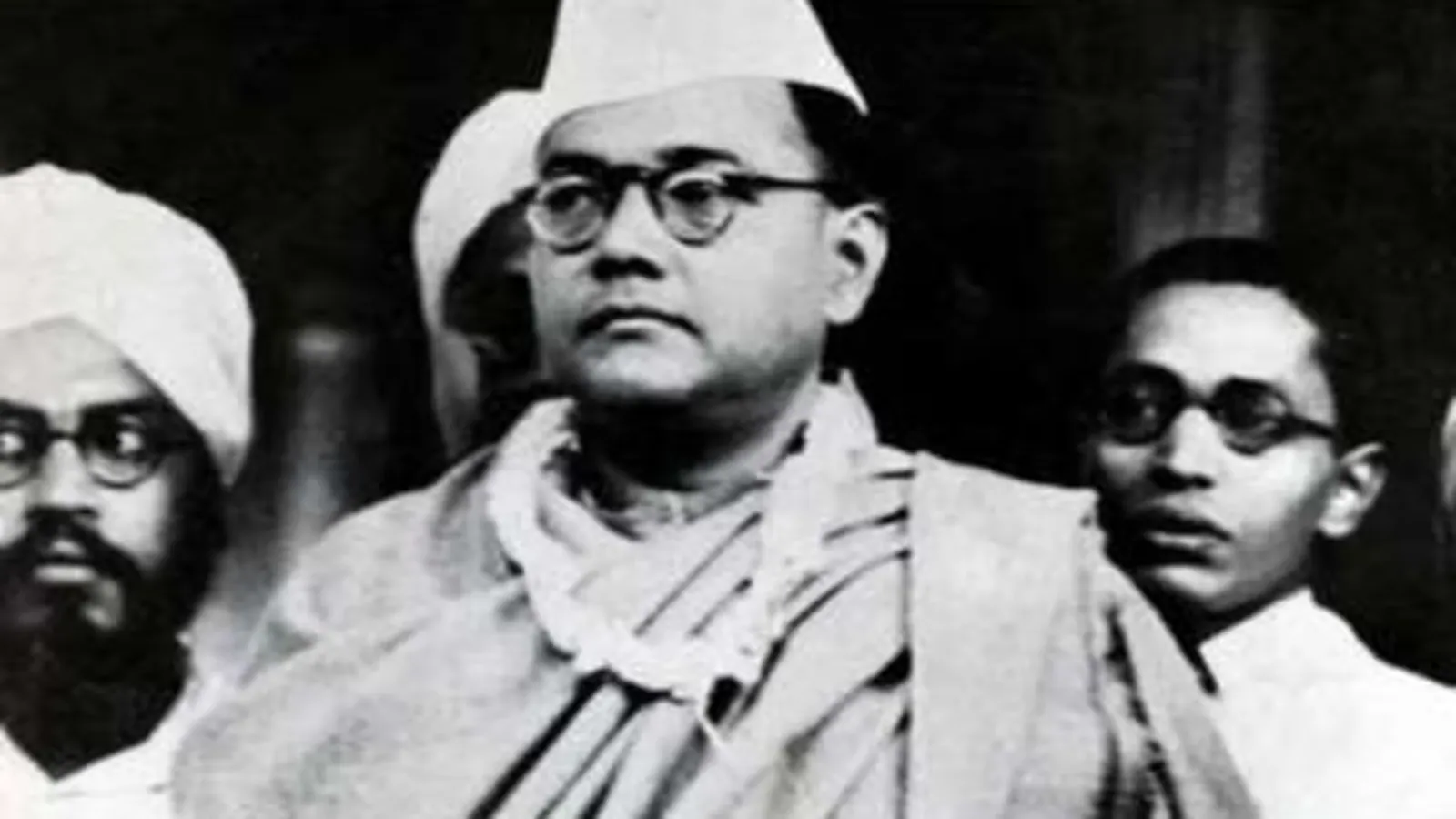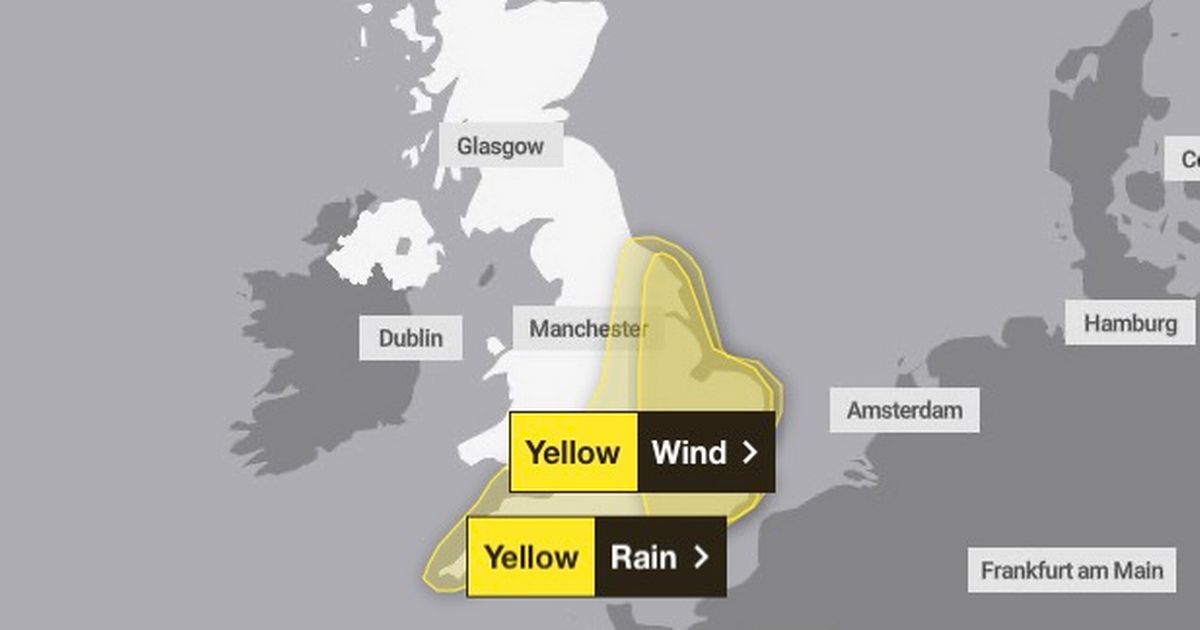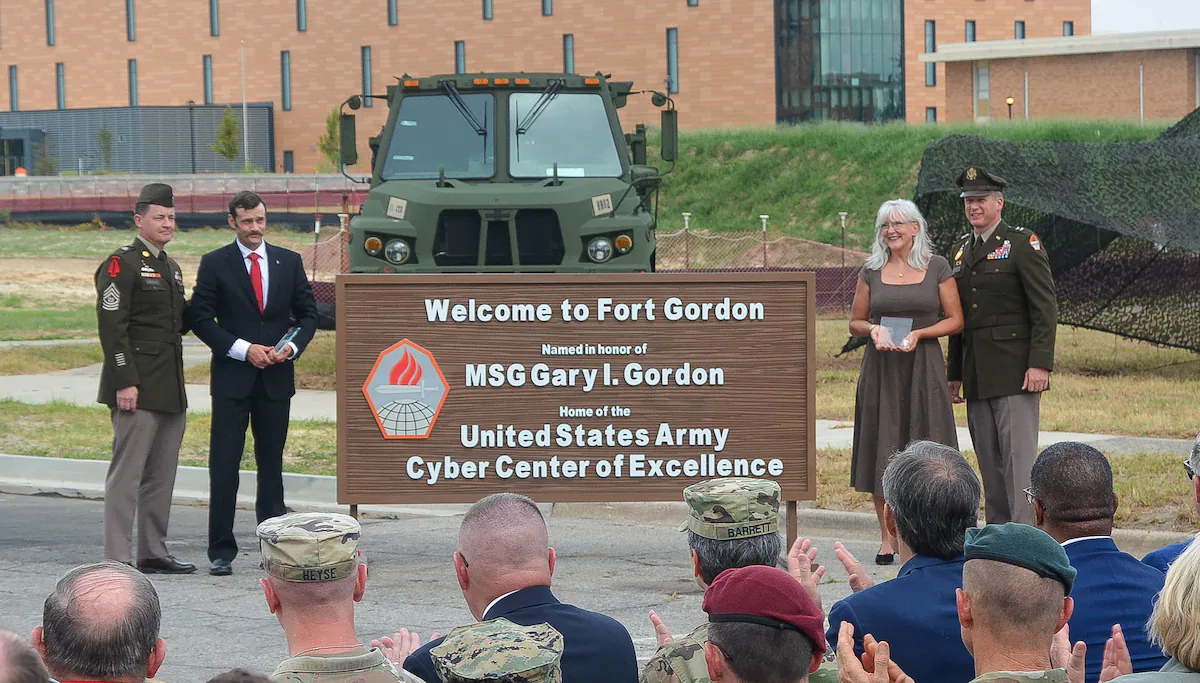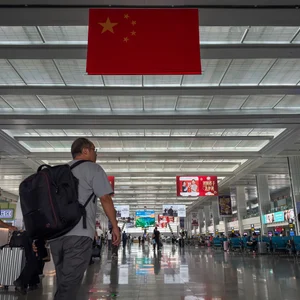Copyright news18

Travel back in time a few months after Japan catapulted into the Second World War on December 7, 1941. For the allies, the red flags were tagged as with lightning speed, Japan dribbled past Malaya, overran Rangoon and took over Singapore. Simultaneously, Germany and allies were dealing shattering blows to enemies of Europe and someone needed to intervene the points on the circle. Roosevelt and Chiang Kai Shek prevailed upon the British for the Indian scenario and thus was deputed Sir Stafford Cripps to win over the Congress. Cripps promised dominion status and rights of provinces to secede, which was not in line with Congress’s demand for full transfer of power and without any secession. The curtains were drawn leading to Gandhi defining it as a “post-dated check on a crushing bank”. The proposal unknowingly did a favour though. Failure of the mission had a catalytic effect on the mood of the official leadership of the Congress. That perhaps gave rise to the slogans—Quit India and Do or Die. At last Gandhi and Netaji converged. Subhas wanted to take advantage of the war while Gandhi did not. This convergence was the most significant landmark in the march of Indian people to freedom. So, while the Quit India movement was taking small footsteps, Subhas was on the prowl. Alongside, brothers in the Far East were also involved for the same purpose with Rash Behari Bose starting the Indian Independence League while a branch of the same organisation was established by Swamy Satyanand Puri at Bangkok in 1936. It was in Bangkok that a representative conference of around Eleven Nations was held at the Silapkon Theatre from June 15-23, 1942. To gather impetus, a proper structure of the IIL was also floated headed by a ‘Council of Action’ steered by President Rash Behari and four members comprising of N Raghavan, Captain Mohan Singh, KPK Menon and Col Gillani. There someone gave an idea that a gentleman was lurking around somewhere in Germany and perhaps would be much more dangerous in the Eastern flank. Point No. 20 of the Bangkok Resolution thus requested “Sjt Subhas Chandra Bose to be kind enough to come to East Asia and appeal to the Imperial Government of Japan to use its good office to obtain the necessary permission from the Govt of Germany to enable Sjt Bose to reach East Asia safely.” The Indians abroad needed a flame to take their political arousal to the next level and destroy the last vestige of the unhappy rule. So, on July 5, 1943, as Netaji announced the arrival of his Azad Hind Fauj to the world, it was as if Singapore was lifted by a magic wand. Courtesy the charisma of Subhas and more importantly, his ability to walk the talk. Next week, he stood upright amongst a crowd of 60,000 of which around 25,000 were women. The outpouring of love there only had the heavy rains to compete. Not a soul moved. Not an umbrella needed. This led Prime Minister Tojo to prophesise that Azad Hind Fauj would be counted in future amongst the greatest of armies. Three days later on the 12th, the women’s wing was established. With blue-bordered sarees and guns above the head in hand, Netaji’s glowing words inspired them from the ardour burning in his own breast. Eyebrows were raised in some quarters with C in C of the Southern Expeditionary army Count Hisaichi Terauchi, for one, feeling that the Fauj should be left in Singapore and that only espionage and propaganda groups be used in war forms. For Netaji, any liberation secured through Japanese sacrifice was worse than slavery and he would not settle for anything less than INA to be the spearhead. The balance was drawn and the Japanese at last consented to the employment of one INA regiment as a trial. That was the Subhas Brigade under Shah Nawaz Khan. Subhas Chandra Bose met Premier Tojo and Foreign Minister M Shigemitsu of Japan on July 15, 1943, and conveyed to them his plan, securing the government’s assurance the very next day. Next, he put forward his plea for setting up a Provisional Government to Japanese officials, which Tojo during his visit to Singapore in the first week of July duly approved. Netaji now was awaiting the declaration of independence of Burma and Philippines to announce an appropriate date. The Japanese-sponsored second Philippine Republic began operations on October 14, with Jose P Laurel Sr as its President. The liaison office, Hikari Kikan, was initially hostile to the plan as it was likely to affect its power and importance adversely and the process, therefore, took a little time to reach an understanding. On October 9, 1943, the Supreme Military Headquarters of Japan took some important decisions regarding the Provisional Government. The decision read: “In case Subhas Chandra Bose will organise the Provisional Government of India, the Imperial Government of Japan will disclose the intention to recognize it for the purpose of strengthening the activities towards India, particularly for the aggressive propaganda. In connection with the above disclosure, formal international relationship of course should not be commenced.” On October 17, 1943, Subhas Chandra Bose called Ehsan Qadir, Director of Azad Hind Radio, for appointment as the Military Secretary. Qadir asked for time to consider the matter, and later conveyed his agreement three days later. That finalised his cabinet. In the words of SA Iyer, a fellow cabinet member, the night before the D Day, “Bose took a handful of blank paper and started writing swiftly in pencil, sheet after sheet.” There was never a backward glance, or a correction; the manuscript went to the typist page by page as it was finished and when it was typed there was not a word or a comma to alter. He wrote his statement on the Proclamation in the same swift, absorbed way, his eyes never leaving the paper. “It was nearly 6am by the time he completed it: he had been sipping black coffee since midnight.” Coffee was the symbol of night work: his staff could tell now late he would sit up by the number of cups after dinner.” On October 21, 1943, the Grand Auditorium of Cathay Cinema, Singapore, was venue to the 5th Conference of the Indian Independence League. Delegates from all parts of South-East Asia, including Malaya, Java, Sumatra, Siam and Hong Kong participated. In forming the Arzi Hukumate Azad Hind, Netaji claimed to have the fullest support, not only of the Indian civilian population, but also of a large section of Britain’s Indian Army. He spoke to the effect that he had not the slightest doubt when India’s frontier was crossed and the national flag on Indian soil unfurled that the real revolution will begin. In gratitude, he offered Japan’s Government the price of 10 military aircraft. At this point, he was visibly moved, his eyes glistened with tears, his voice failing him. Between him and his audiences stood a few seconds of silence. With bated breaths in tense expectation, they waited for him to overcome his emotions. “I shall remain always a servant of India, and to look after the welfare of thirty-eight crores of Indian brothers and sisters shall be for me my highest duty. Even after winning freedom, I will always be prepared to shed even the last drop of my blood for the preservation of India’s freedom.” Netaji spoke at length, moving everyone present into a deluge of emotions. Finally, as it was the time for cabinet formation, Subhas Chandra Bose declared himself as the Head of the state, Prime Minister and Minister of War, Minister for Foreign Affairs and the Supreme Commander of the Indian National Army. Accompanied by Capt. Miss Lakshmi Swaminathan (Women’s Organization), SA Ayer (Publicity and propaganda), Lt Col AC Chatterjee (Finance), Lt Col Aziz Ahmed, Lt Col NS Bhagat, Col JK Bhonsle, Lt Col Gulzara Singh, Lt Col MZ Kiani, Lt Col AD Loganthan, Lt Col Ehsan Qadir, Lt Col Shah Nawaz (Representatives of the Armed Forces); AM Sahay, Secretary (with Ministerial Rank); Rash Behari Bose (Supreme Advisor), Karim Gani, Debnath Das, DM Khan, A Yellappa, J Thivy, Sardar Ishar Singh (Advisers), AN Sarkar (Legal Advisor). Each took the oath of allegiance to India and to Netaji, in turn, amidst outbursts of cheering and shouts of ‘Subhas Bose Ki Jai’, ‘Azad Hukumat Ki Jai’ and finally ‘Jana Gana Mana’. To the thousand delegates and to the people who witnessed the proceedings on October 21, 1943, it was almost the day of Freedom. At the family house in Elgin Road, the lights glowed much brighter that night in admiration for the epoch-making event. Germany, Japan, Italy, Thailand, Burma, Manchukuo and Philippines promptly gave it their seal of authenticity. Neta-ji was of the view that having a proper Government impresses the enemy far more than a struggle carried on by a few leaders and that it can negotiate with another Government on the matters of help for finance, armament, equipment, location of bases etc. Most significantly, a recognition by other nations gives it an international status having bearing on political, diplomatic and international law. On the following day, i.e. October 22, 1943, Netaji Bose gave a lunch at the Syonan Club in honour of the delegates who had come from the various branches of Indian Independence League in East Asia and included Lt Col Kitabe of Hikari Kikan. “Had I formed this Government before, the people might have thought that it was all nonsense. I see this from the historical point of view. In the last war also, a similar attempt was made, but there was not enough power behind it. But now in this war the conditions are different. If Japan had not started this war in East Asia and had not crushed the British, this would not have been possible. I am pleased to see that we are taking one step after another on the right track for the achievement of our objective. Firstly, the Indian Independence League was formed, then our army came into being and, last of all, our Provisional Government has been formed. All things necessary for a revolution are complete and now we must be ready for the last phase of the struggle. Behind the events of the last few years, I can see the hand of God, for history has been unfolding itself according to a plan which is clearly designed by a power higher than man.” The first meeting of the Council of Ministers was held at the official residence of Netaji at 9pm on October 22, 1943. The first item on the agenda was a resolution, paying homage to all those who were carrying on a heroic struggle inside India and those who had laid down their lives in the cause of India’s freedom. Meanwhile, the next day, the Japanese Board of Information announced at 11am on October 23 that the Japanese Government had recognised the Provisional Government of Free India. The second meeting was at midnight, also at the official residence of Netaji on October 23/24, 1943.The cabinet placed on record its deep appreciation of the message conveying the news of the recognition by the Imperial Government of Nippon of the Provisional Government of Azad Hind. “And then at 5 minutes past midnight last night, we declared war on the British and the USA” thundered Netaji to an audience of 50,000 Indians on the meadows opposite the stately Municipal Building of Singapore at 4pm on October 24. The air was rent with lusty shouts of “Inqilab Zindabad”, “Azad Hind Zindabad” and “Netaji Ki Jai”. Interestingly, the BBC and Voice of America too broadcast the news just two hours later, signifying the attention Azad Hind Fauj were attracting. “I want you to demonstrate to the world that you are resolved as one man to follow up this declaration with action that will show to the world that you mean bloody war when you declare war. The British know very well that I say what I mean and that I mean what I say. So, when I say ‘War’ I mean WAR- War to the finish—a war that can only end in the Freedom of India.” Immediate launching of a military offensive was the next logical thing for maintaining his credibility. A war on India’s Eastern frontiers resulting in an INA victory would no doubt serve as a great morale-booster to the patriots in India. It would also be an indication of Netaji’s stand that the British Empire was now tottering on its last legs. However, can this government gain full legitimacy without a territory? Netaji thus started pressing Japan for handing over the control of Andaman & Nicobar Islands to his government. It was a matter of deep gratification for all Indians in East Asia that during the Tokyo Conference, General Tojo, while reiterating his government’s unwavering support, took the opportunity to announce his government’s decision to place the Andaman & Nicobar group of islands under jurisdiction of the Provisional Government of Free India, with immediate effect. The Provisional Government was additionally in possession of another territory—Ziawadi in Burma. This was a big estate inhabited by an overwhelming majority of Indians with a large sugar, textile and a woollen mill. The owner of this vast estate measuring over 50 square miles was a Bihari family headed by a great patriot, named Shri Paramananda, who donated the entire land with all its belongings to the Provisional Government who set up a large military hospital. As Netaji meant war in its truest sense, he shifted his headquarters from Syonan to Rangoon in January 1944, moving the bulk of the Indian National Army to Burma, mostly by overland route via Thailand. Netaji went on a tour of the front line to conduct an on-the-spot study of the developing situation and devise an appropriate strategy. Immediately on his return from the frontline, marching orders followed. That INA came second best in this war was due to various factors, including natural and intelligence. However, the intensity of the battle of Imphal-Kohima triumphed over more celebrated battles of D-Day and Waterloo and was chosen as Britain’s greatest battle in history in a contest organised by National Army Museum, London. Authentic documents from British archives with signatories such as Viceroy Field Marshall Viscount Wavell, the C in C Sir Claude Achinleck and other functionaries of the Intelligence Department and the then Secretary of State for India Lord Patrick Lawrence clearly alludes to Netaji and the INA and the resulting disintegration in the army as actual reasons of quitting India in spite of winning the war. These seminal documents apart from the famous Attlee Interview to Justice PB Chakraborty in 1956 are of top authorities directly involved with the grant of independence. These facts can’t be kept under wraps for too long. While the Treaty of Paris was signed on September 3, 1783, it was seven years back on July 4, 1976, that 13 North Americans declared themselves independent. Similarly, Mujib declared March 26 as Independence Day and not December 16 when, after a series of guerilla warfare with military support from India, the Pakistan army was defeated. Thus, USA, Bangladesh and many others have shown that the declaration of independence is a day decided not by those leaving the shores. India remains a sad exception in spite of having own day of declaration. **************************** “The day I choose came out of the blue. I was determined to show, I was the Master of the whole event. When they asked, had we set a date, I knew it had to be soon. I thought it had to be about Aug or Sept and I then went out to the 15th of August. Why? Because it was the second anniversary of Japan’s surrender. Lord Mountbatten Freedom at Midnight Parthiv Dhar is a Kishore Kumar biographer. Views expressed in the above piece are personal and solely those of the author. They do not necessarily reflect News18’s views.



